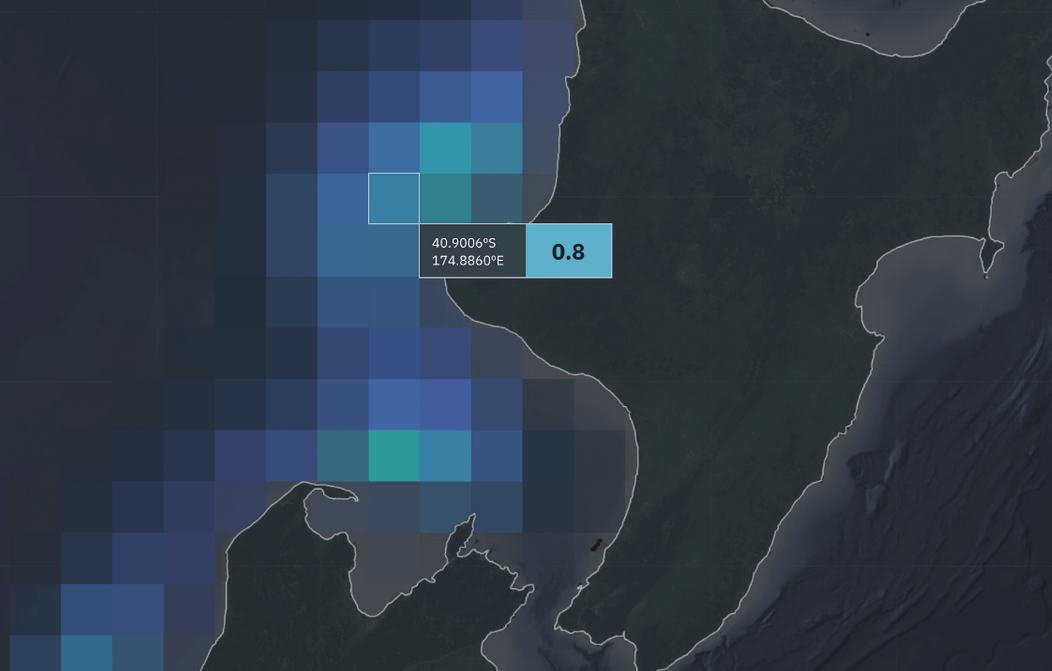The ocean is changing, and the trade-offs involved with fishing are becoming more complex. Dragonfly director and fisheries scientist, Philipp Neubauer, is currently in the proof of concept stage for a new platform ‘Right Time, Right Place’.
Philipp is excited to present on Right Time, Right Place at the Seafood New Zealand conference in Auckland this week, and demonstrate how this new technology could fundamentally enhance how the fisheries industry operates.
Right Time, Right Place uses ocean and fisheries data to predict the distributons of fish species, allowing fishers to catch the fish they want, and leave the species they don’t want alone. More accurate forecasting will help fishers make more efficient, sustainable decisions.
“For fisheries to be resilient and profitable, fisheries management must become more dynamic,” Philipp says.
“The current science system is focussed on generating analysis and producing advice, while this important, it is way too slow to have operational value to fishers.”
There has been a large investment in electronic reporting across the New Zealand fishing industry. Right Time, Right Place will make use of this timely data to make up to date forecasts that can be used by fishers to make decisions on when and where to fish.
“With climate change, the ocean is rapidly becoming less predictable. There is a need to reimagine the agility of our approach to fisheries management—and we hope that Right Time, Right Place will be part of the solution to this problem.”
“If we knew that a squid season was set to be quieter in a given year, fishers might reassess their planning. When is the optimal time to head to sea? Do we stay for a shorter time period? Could these resources be reallocated towards a species having a better season?”
“In addition, as climate change and marine heatwaves result in increased variability in productivity, distribution, and fish abundance, a reliance on previous patterns and industry knowledge may no longer be viable,” says Neubauer.
At this stage, Philipp hopes to secure funding for an operational pilot in the near future, in order to demonstrate the viability of the technology.



